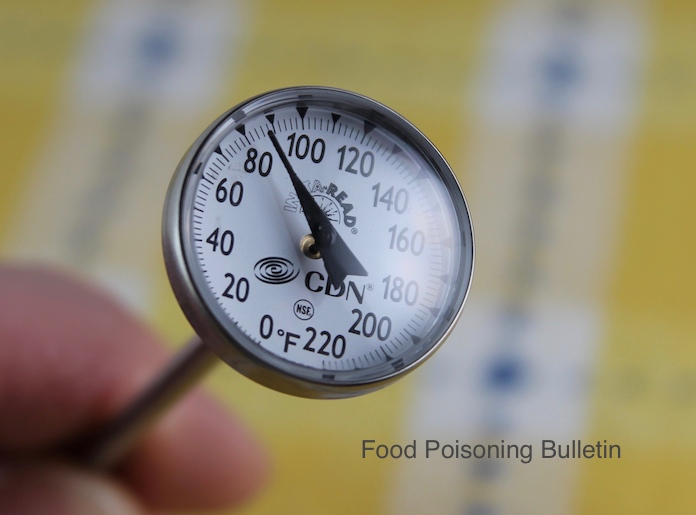The USDA has released consumer information on preparing frozen foods safely. New research reveals that consumers may not know how to safely cook these foods, which can put families at risk of contracting a foodborne illness.

Because of the coronavirus pandemic, consumers are preparing more foods at home. It’s important that all cooks, especially beginners, read product labels so they understand how to properly prepare these frozen foods. Don’t rely on appearance.
Some foods are not fully cooked or ready to eat. That can cause confusion, especially if the food is breaded or if it has grill marks. In a recent USDA study, 22% of consumer’s said that a not ready to eat frozen chicken entree was either cooked, partially cooked, or they weren’t sure, when the entree was actually raw.
Dr. Mindy Brashears, USDA Under Secretary for Food Safety, said in a statement, “Although some frozen products may look cooked, it is important to follow the same food safety guidelines as you would if you were cooking a fresh, raw product. Wash your hands before food preparation and after handling raw frozen products, and use a food thermometer to make sure your frozen meals reach a safe internal temperature.”
Among respondents who had experience with foodborne illness, 61% said they did not make changes to how they handled food at home after getting sick. This is a concern, especially considering that more than half of the survey respondents said that someone living inter home was considered at high risk for complications from foodborne illnesses.
So the USDA has recommendations to keep you and your family safe when preparing frozen meals.
First, always wash your hands thoroughly with soap and water after starting to cook. It’s also important to wash your hands during, and after preparing frozen foods to prevent cross-contamination. For instance, the breading on frozen raw chicken products can come off and contaminate your hands, as well as surfaces in your kitchen.
In the study, 97% of participants did not wash their hands during meal preparation to prevent cross-contaminaiont. Of those who tried to wash their hands, 95% did not do so properly. there are five steps for proper handwashing: wet, lather with soap, scrub for 20 seconds, rinse, and dry.
Frozen products that are not ready-to-eat are labeled “Cook and Serve,” “Ready to Cook,” and “Oven Ready,” to indicate they must be cooked to a safe final internal temperature before eating.
Always use a reliable and accurate food thermometer to check the final internal temperature of the food before you eat it. Beef, pork, lamb, and veal steaks, roasts and chops should e cooked to 145°F with a 3 minute rest. Ground beef, pork, lamb, and veal should be cooked to 160°F. and All poultry products, whole or ground, should be cooked to 165°F.
Even if you are preparing vegetables for a cold salad, they need to be cooked before they are added to the dressing. Cook all vegetables to 165°F. Frozen produce can carry pathogens that cause illness.
And finally, check to make sure that the frozen food in your freezer hasn’t been recalled. You can do a search on the USDA or FDA websites or on Food Poisoning Bulletin.
Now that you know all about preparing frozen foods safely, you can keep your family safe and healthy.





Hi there,
You recommend cooking frozen produce before using it in a cold salad, as frozen produce can carry pathogens, but what do you recommend regarding frozen fruit for smoothies? Are these safe to blend from frozen and drink?
Thanks
Good question. Frozen fruit is tricky. There have been outbreaks in the past linked to those products. Generally they are safe, but keep an eye out for recalls.